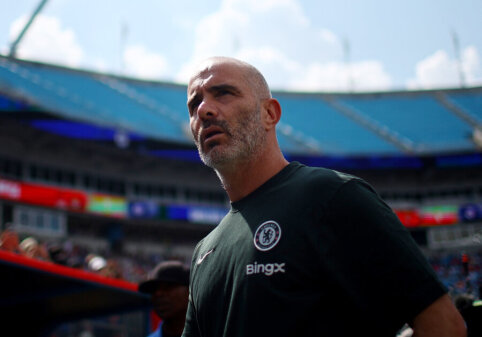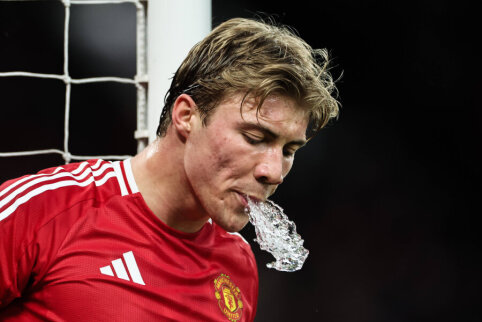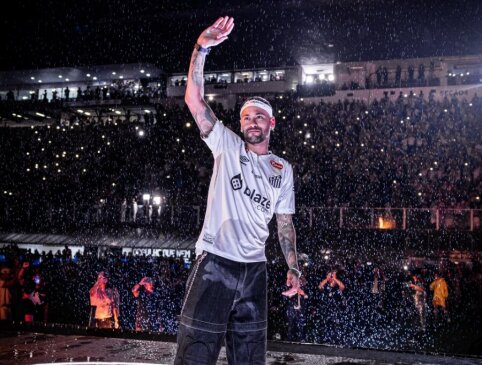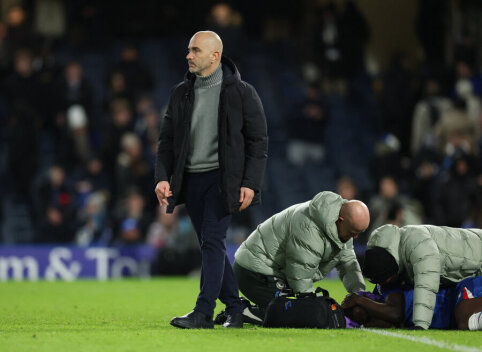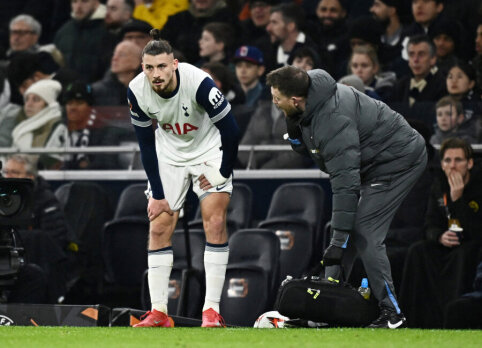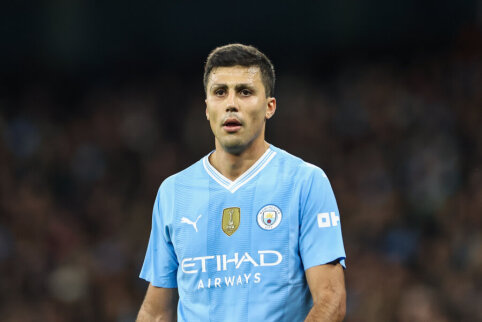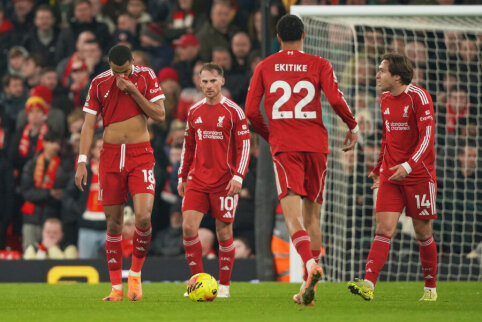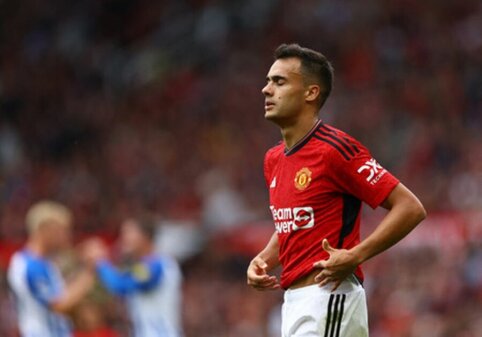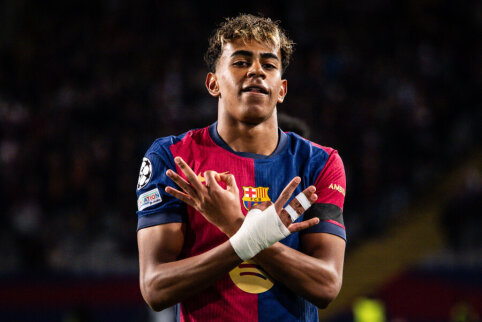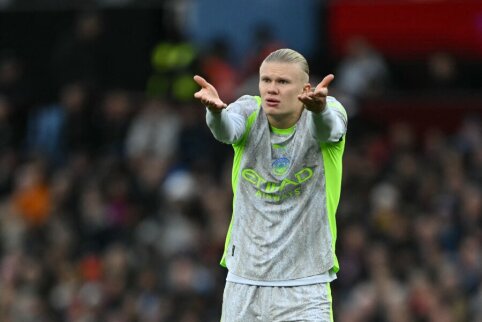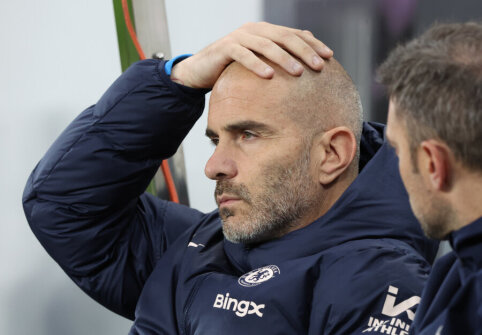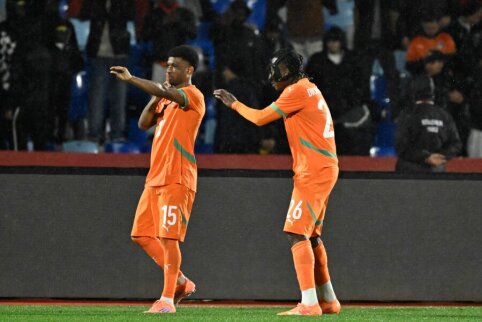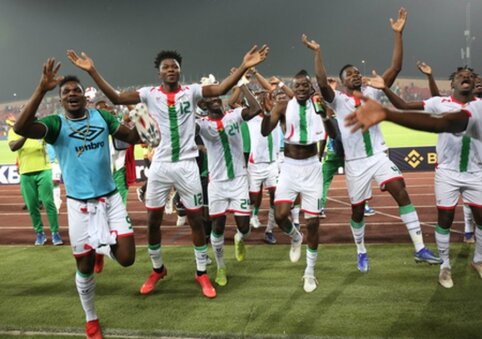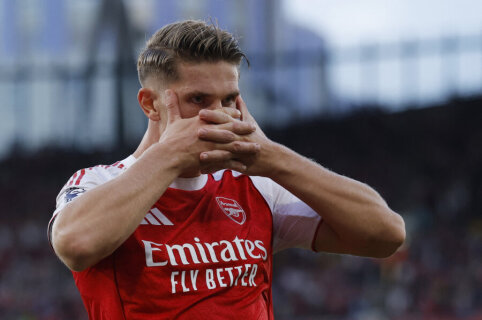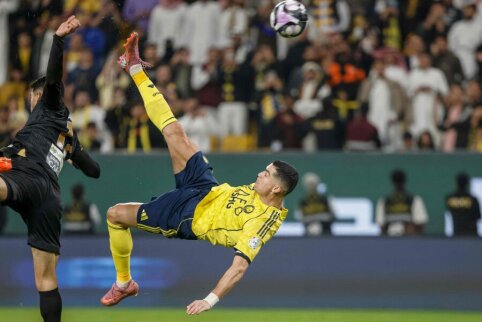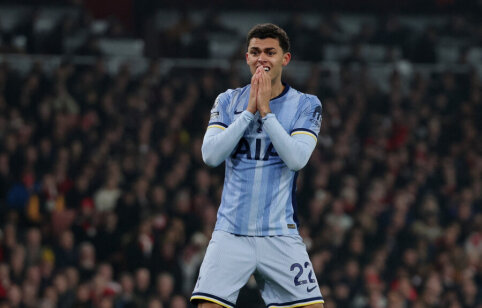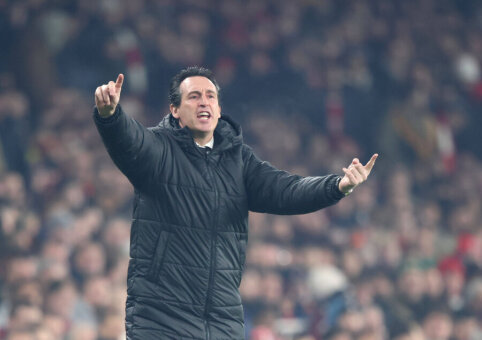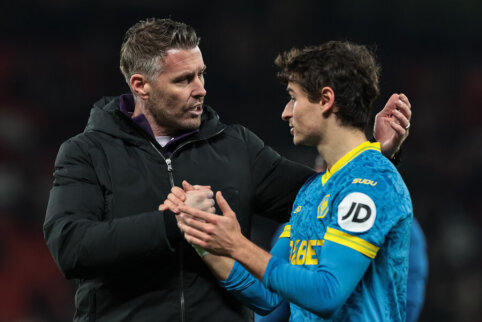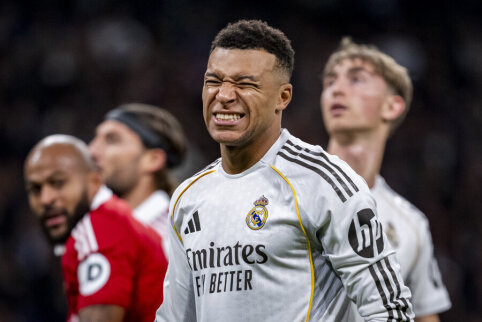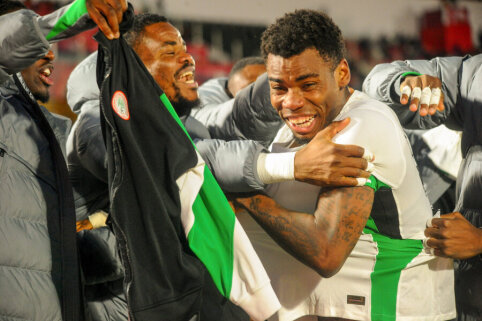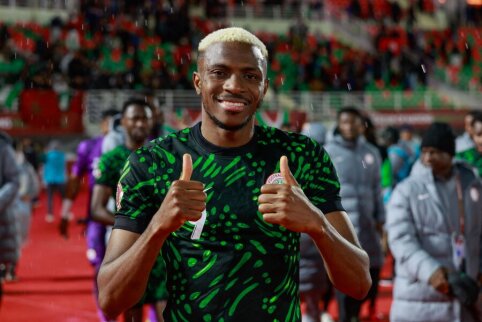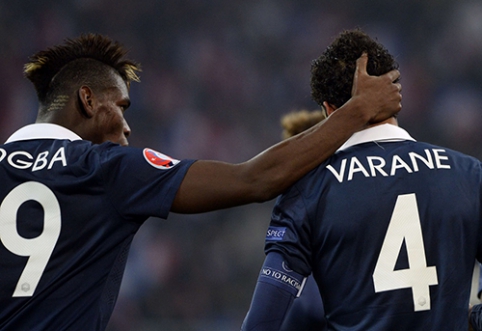
In recent years, the German national team's success creates an illusion that this country dominates in developing football talents. In reality, significantly ahead of them are one of the principle German rivals - the French.
The French football revolution began at the end of the 1990s, and the most delicious fruits were reaped after 10 years, when the team led by Zinedine Zidane became both world and European champions.
Since then, the French have boasted of nurturing at least ten new Zidanes (for example, Hatem Ben Arfa), but none of them became the face of the national team. It is likely that they don't need a new genius, as the younger generation led by Paul Pogba, Eliaquim Mangala, Raphael Varane moves more seriously towards the football elite. This happens at the right time, as the 2016 European Championship will be held in France.
The Swiss Neuchâtel-based CIES Football Observatory recently announced which clubs have produced the most players for the five major continental leagues: England's "Premier League", Spain's "La Liga", Germany's Bundesliga, Italy's "Serie A" and France's "Ligue 1".
It's worth mentioning that the French club's abundance of names in the top 20 is not a novelty. CIES studies also showed that "Ligue 1" has the highest percentage of locally trained players - 24.6%. Other leagues significantly lag behind, while Italy's "Serie A" has only 9.6% of local players.
It is clear that French club academies are able to detect and polish gems. It should be noted that the teams themselves rarely utilize the results of this work. "Ligue 1" is called the feeder league because financially the clubs cannot compete with English, Spanish, or German teams.
Some changes were brought by the new owners of "Paris Saint-Germain" and "Monaco". Unfortunately, their millions greatly distort the market, but this makes the French league more interesting for TV channels of all countries. Young diamonds become even more sought after. And clubs like "Rennes", "Montpellier" or "RC Lens" are receiving a higher reward for their efforts. The emerging stars move elsewhere, millions arrive for further investment in elite academies that train new talents.
A clear system
The French formed their talent development system in 1988. Apart from regular football schools, 12 national football academies were opened, and the top of these pyramid is the famous Clairefontaine academy near Paris.
Players can apply to such institutions when they reach the age of 12-13, but that alone is not enough. They need coaches' recommendations, pass physical tests, and motivation to achieve goals alongside the pitch. From the creation of the system, the French emphasize that football cannot be life itself. Therefore, special learning systems are created for the academy's pupils, and those who fail to become professional players easily enter elite universities in the country without major difficulties.
Players at Clairefontaine or another national academy spend from two to five years. By the age of 15-16, young footballers are already being courted by numerous French clubs, offering their terms to the young player and his parents.
How this works in practice can be illustrated by the example of the Algerian Yacine Brahimi. In 2006, the Clairefontaine graduate initially trained with "Paris Saint-Germain", but his parents decided that the club "Stade Rennais" could offer better learning conditions. This choice proved to be excellent, as the academy that trained him also graduated stars such as Sylvain Wiltord, Yoann Gourcuff, and Yann M'Vila.
The "Stade Rennais" academy has been leading the rankings in France for many years, but in recent years it has been surpassed by Lyon's "Olympique". Significant progress is also being made by the "AS Monaco" club, which can boast not only Russian millions but also truly talented, eye-catching young footballers. The most important thing is that in France, young players are constantly on the pitch. Reserve teams organize so many different matches that the academy laundries can barely keep up with washing the kits.
It is interesting to note that in France, elite academies are not only held by "Ligue 1" clubs. Some second division teams have even better infrastructure and more serious specialist teams because nurturing talents is their only way to survive in these football business times.
Racism pitfalls
The French football landscape would be perfectly bright, but in many cases, there are at least one "but".
Firstly, the characters of the players. It is unclear how the academies contribute to this (or perhaps do not pay enough attention to psychological aspects), but the French football stars are among the most disciplined. Probably there is no better example than the scandals at the 2010 World Cup.
Even more fundamental is the recurring grimaces of racism. In a multicultural society, more and more black and Arab players are coming to the academies, and sometimes ethnically French serious officials have a hard time holding their tongues behind their teeth.
A few years ago, a scandal erupted when the then national team strategist Laurent Blanc complained that the academies were nurturing talents not for the French team but for Algeria, Tunisia, or Senegal.
The latest incident - the words of Bordeaux "Girondins" coach Willy Sagnol. The former famous footballer mentioned in an interview that Africans are distinguished by physical strength, but "every team needs intelligence, so we're looking for European players". W. Sagnol apologized, saying that this phrase was taken out of context, but that's exactly how it is. Until the French finally get rid of the pitfalls of racism and selfishness, the national team will not fully utilize its potential. And it's scary.
Gediminas Reklaitis, www.iq.lt

